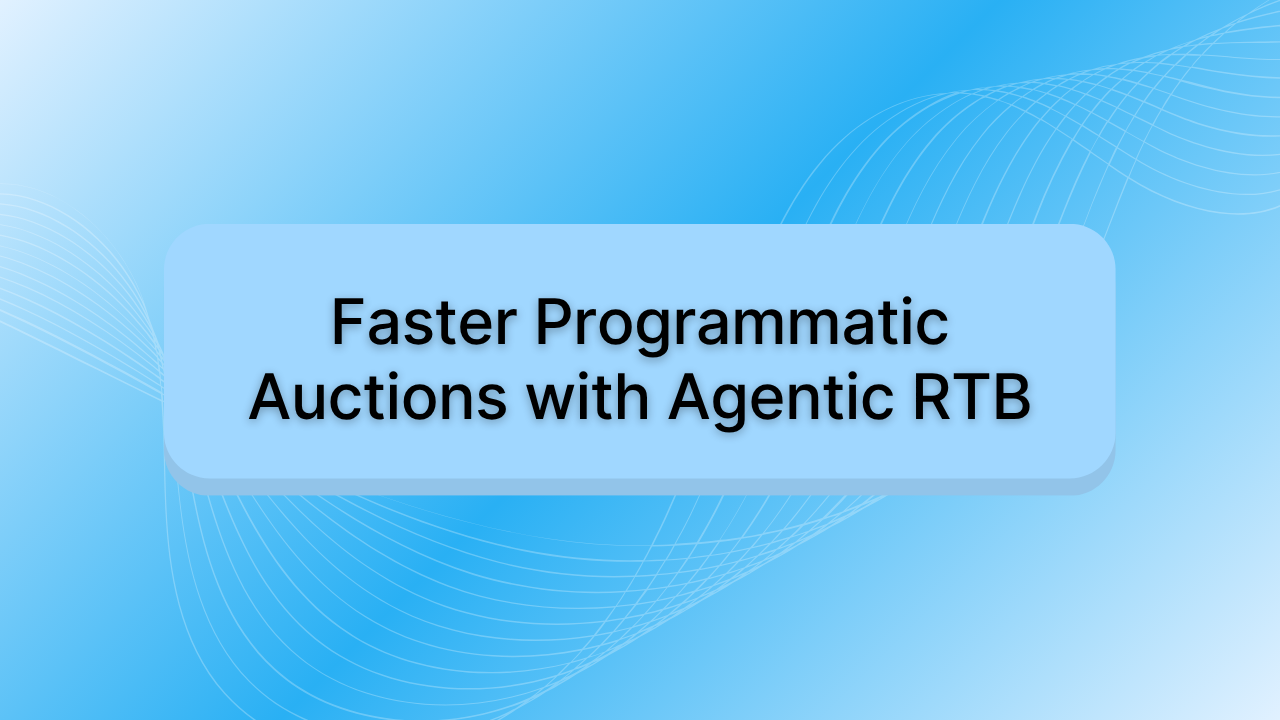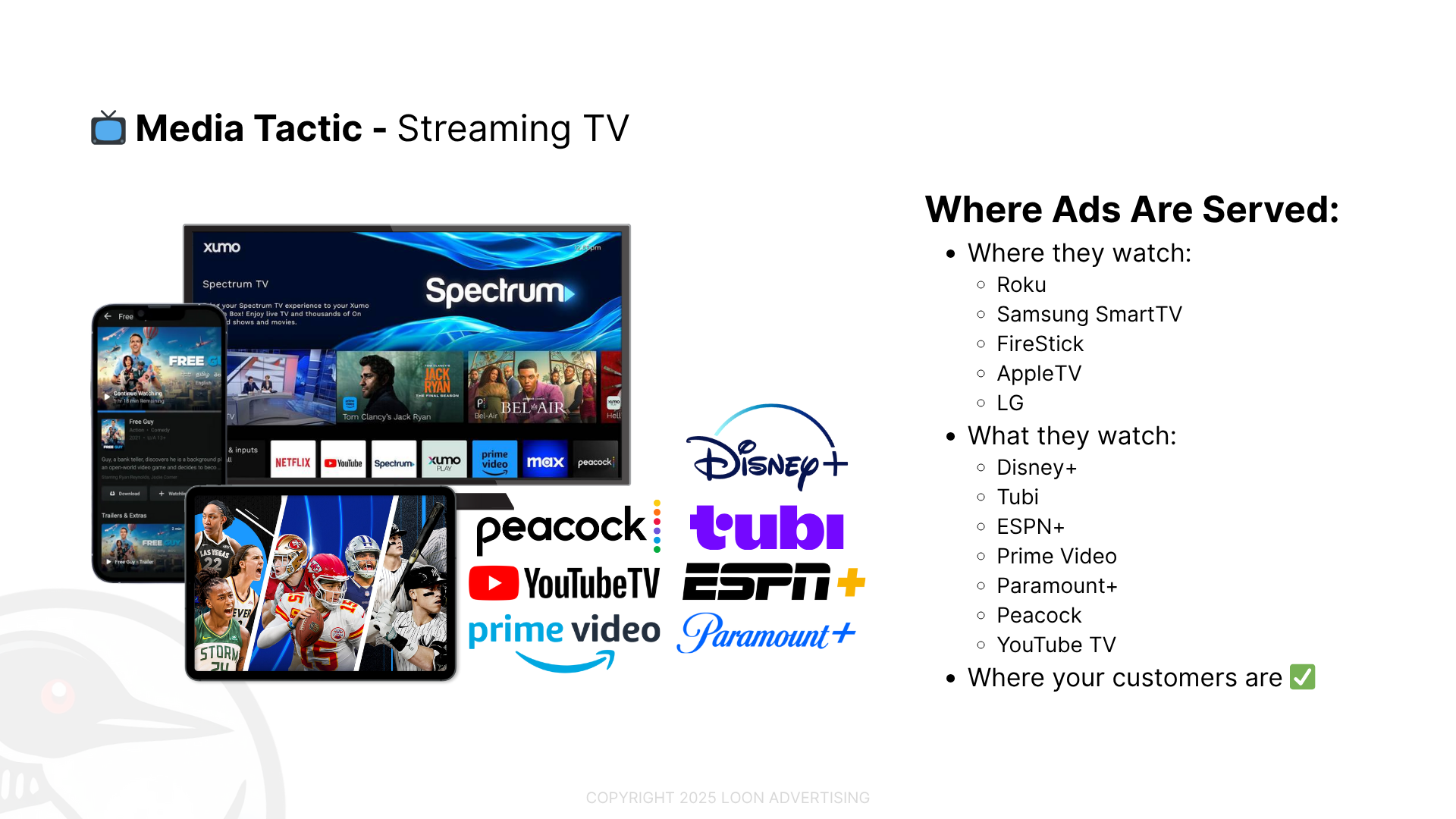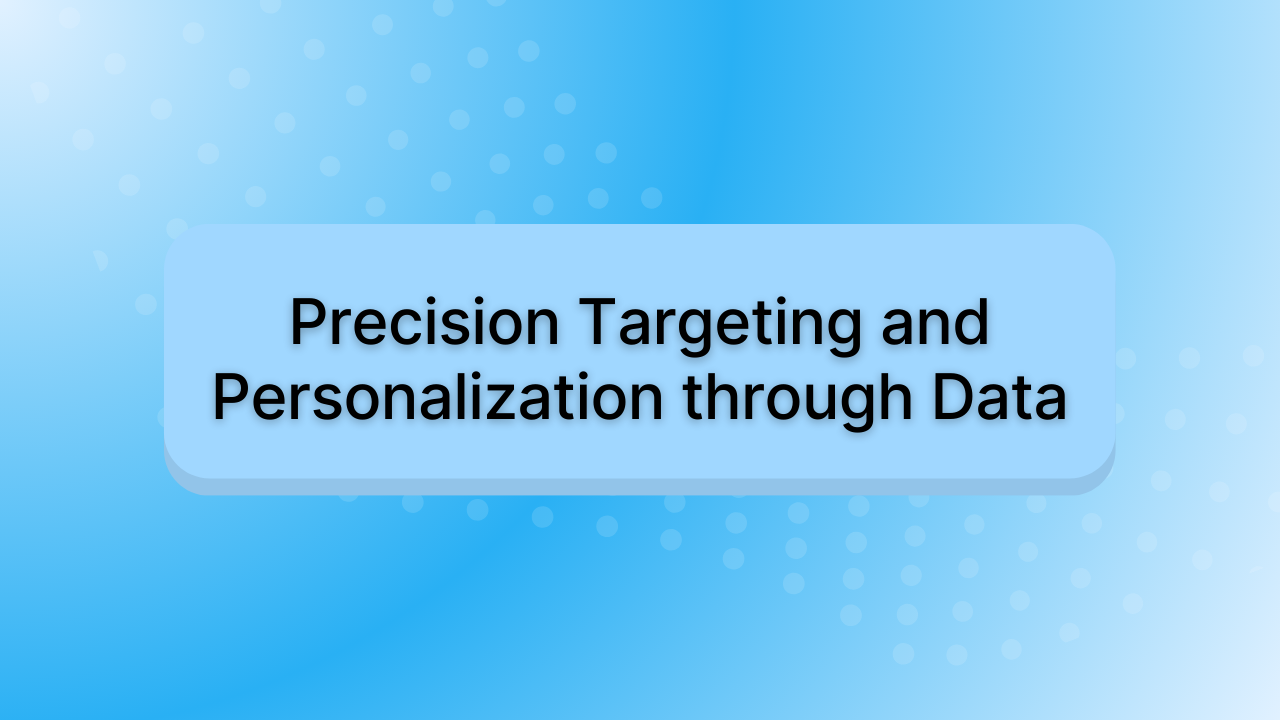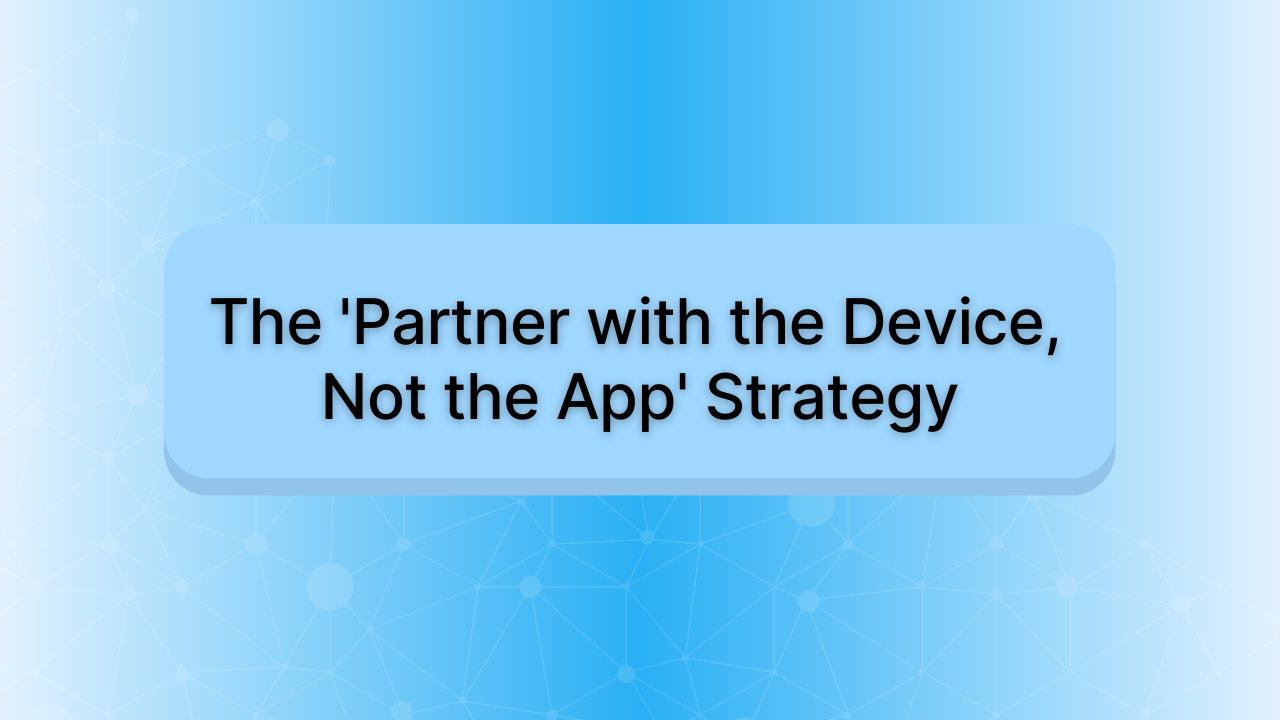Measuring Success and Avoiding Pitfalls in Streaming TV Ads
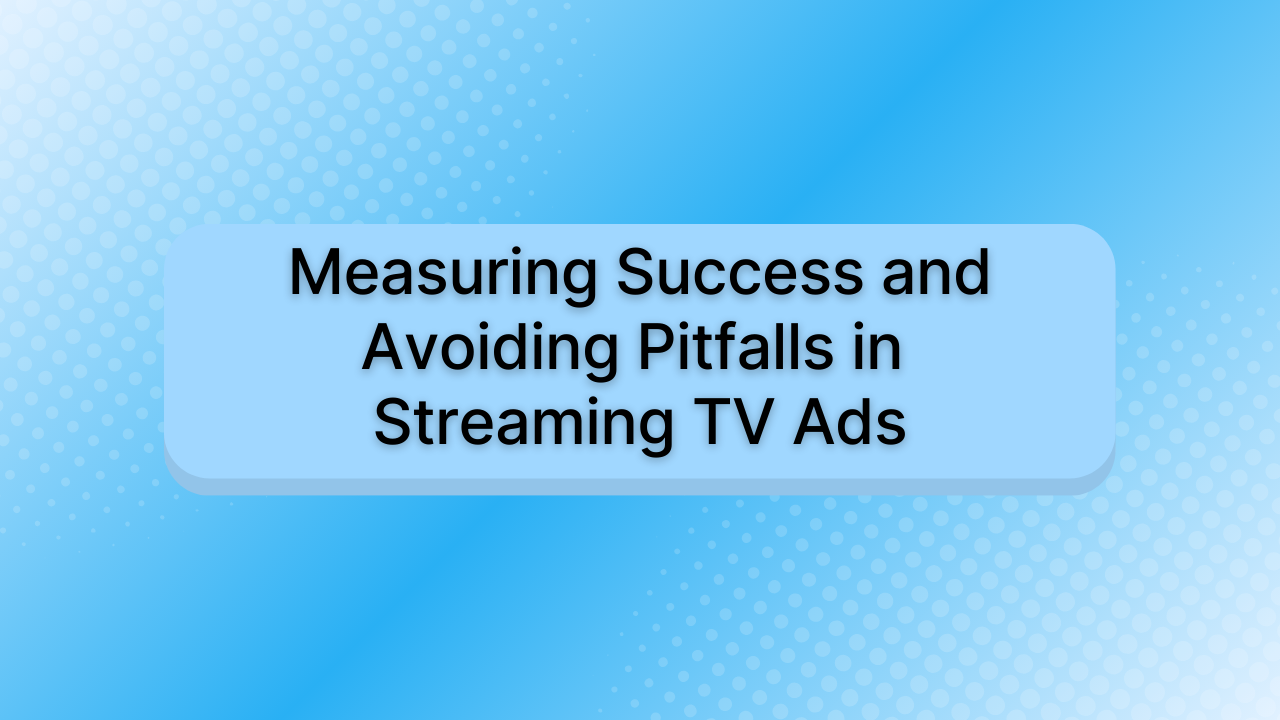
Measuring Success and Avoiding Pitfalls in Streaming TV Ads
You’ve done it. You moved a significant portion of your marketing budget-say, $25,000 this month-from traditional TV and print into a sophisticated Streaming TV campaign. Your new digital marketing partner sends you the first report, and the numbers are huge: over one million impressions, thousands of completed views, and incredible reach across your entire market. You look at the report, then you look at your sales board, and you ask the single most important question: “Great… but did we sell any cars?”
This is the moment where many dealerships get lost in the transition to modern advertising. The potential of Streaming TV (OTT) is immense, but the old ways of measuring success are dangerously incomplete. Relying on outdated metrics like "impressions" is like judging a car’s performance by the shininess of its paint. It looks nice, but it tells you nothing about the engine.
In the fast-evolving world of programmatic media, dealerships are vulnerable. As James Klaus of Loon Advertising warns, "Dealers waste money when they don't understand or get educated on the marketing that they're running." Without a clear understanding of what real success looks like-and a healthy skepticism of common industry pitfalls-it’s far too easy to waste thousands of dollars on ineffective strategies, low-quality ad placements, and opaque reporting.
This guide is your shield and your roadmap. We will provide a modern framework for measuring what truly matters: sales, leads, and service revenue. We will expose the common traps and red flags that drain marketing budgets and arm you with the right questions to ask your provider. It’s time to move beyond vanity metrics and build a Streaming TV strategy that delivers a real, measurable, and powerful return on investment.
The New Scoreboard: Measuring What Actually Sells Cars
For years, the advertising world ran on a simple set of metrics: reach (how many people saw your ad) and frequency (how many times they saw it). In the world of Streaming TV, you’ll also see metrics like Video Completion Rate (VCR). While these numbers are useful for gauging the scale of your campaign, they are ultimately vanity metrics. On their own, they are meaningless to your dealership’s bottom line. A million perfect, unskipped ad views that don't lead to a single customer action is a complete and total failure.
To measure success, you must shift your focus from media metrics to business outcome metrics. The only questions that matter are:
- Did this campaign generate qualified website leads?
- Did it drive measurable traffic to my showroom?
- Did it result in vehicle sales?
- Did it bring new customers into my service drive?
Klaus is adamant on this point: "The metrics of success for Streaming TV... are much different... the cool thing with programmatic is you can actually see in-store metrics. So you can see how does this affect your leads? How does this affect your sales? How did this affect your ROs?"
Introducing LoonAlytics: Tracking the Real Customer Journey
Think about how people interact with TV ads. They almost never "click" them with their remote. A customer might see your ad for a new truck on their Roku. An hour later, intrigued, they pick up their laptop and Google “Ford dealer near me” and fill out a lead form on your website. Traditional analytics would credit Google for that lead, completely missing the fact that your Streaming TV ad was the catalyst.
LoonAlytics solves this problem. This advanced tracking method connects the dots across a user's devices without relying on a direct click. It can identify that the same household that was exposed to your ad on a Connected TV later converted on a different device, correctly attributing the conversion back to the initial ad view.
Data Clean Rooms: The Ultimate Proof of ROI
The gold standard for attribution is the Data Clean Room. This is a secure, privacy-compliant environment where your dealership’s anonymized sales data is matched against the ad platform's exposure data. This provides undeniable, closed-loop reporting that proves a direct causal link between your ad spend and your sales.
The insights from a clean room are transformative. You can finally see reports that say:
- “Of the 147 vehicles sold last month, 32 of those households were served our Streaming TV campaign for the new Highlander.”
- “We also discovered that 15 households who saw our ads ended up buying a Highlander from our competitor 10 miles down the road. This proves our advertising is creating demand, but we may have an in-store process, inventory, or pricing issue to address.”
Stop asking your provider "How many people saw my ad?" and start demanding they answer, "How many customers did my ad create?" The technology is here. It’s time to make it your standard for success.
The Money Pits: Common Mistakes That Drain Your Streaming TV Budget
The shift to programmatic advertising is powerful, but it's also complex. This complexity creates an environment where some providers can take advantage of a dealership’s lack of specific knowledge. Being a savvy media buyer is your best defense against wasted ad spend. Here are the most common pitfalls to watch for.
Pitfall #1: The Black Box of the "Blended CPM"
CPM stands for "Cost Per Mille," or the cost per one thousand ad impressions. You will often see providers present you with a “blended CPM.” This is an averaged-out cost for your entire digital campaign, lumping your premium Streaming TV ads, online video pre-roll, and cheap display banners all into one number. This should be an immediate, massive red flag.
The blended CPM is a black box designed to hide where your money is actually going. It allows a provider to inflate their margins by purchasing huge volumes of cheap, low-quality inventory while making it look like you're getting a reasonable price. As Klaus warns, "If you just see one CPM and it's a, what we call a blended CPM, red flags... People are hiding something there."
The Solution: Demand transparent, itemized reporting. You must see the individual CPM for each distinct media channel. Transparency is non-negotiable.
Pitfall #2: Recycled and Remnant Inventory
Not all agencies are created equal. Top-tier marketing partners have direct access and their own "seats" on the major Demand-Side Platforms (DSPs). This allows them to access premium, high-quality ad inventory directly from the source.
Many smaller or less reputable providers don't have this access. Instead, they buy leftover, "remnant" inventory from other agencies and then resell it to you at a markup. You are essentially buying recycled goods. This inventory is often lower quality, less targeted, and less effective.
The Solution: Ask your provider a direct question: "Do you have direct access to the demand-side platform, or are you reselling inventory?" Their answer will tell you everything you need to know about the quality of the media you are buying.
Pitfall #3: Willful Ignorance and Lack of Education
The single biggest risk to your marketing budget is not fully understanding what you are buying. A true marketing partner should be an educator, not just a vendor. They should be able to clearly and simply explain their targeting strategy and measurement methodology. If a provider uses confusing jargon or evades direct questions, they are failing.
The Solution: You are the client; you are in charge. Schedule regular, in-depth reviews and come prepared with tough questions. If you feel confused or left in the dark, it is a clear sign that you need a partner who values transparency and education.
Beyond the Buy: The Essential Ingredients for a Winning Strategy
Even the most perfectly targeted, transparently purchased, and accurately measured campaign will fail if the message is wrong or if it exists in a strategic vacuum. There are two final ingredients that are absolutely essential for success.
Ingredient #1: High-Quality, Versatile Creative
This is one of the most significant hurdles for dealerships. Producing compelling video content is resource-intensive, but it is the lifeblood of a Streaming TV campaign. Furthermore, the streaming ecosystem is not one-size-fits-all. A single 30-second TV spot is no longer enough. You need a suite of creative assets designed for different platforms and attention spans:
- Ad Lengths: 6-second, 15-second, and 30-second versions.
- Formats: Horizontal for big-screen TVs, but also vertical or square versions for the mobile and social media extensions of your campaign.
As Klaus points out, "This is where most agencies fail is they don't have the ability to create good Streaming TV content... you need it for the big screen, I need it for my phone, I need it for the laptop." A great media partner must have a solution for this challenge, whether it's offering in-house creative services or partnering with a trusted creative agency.
Ingredient #2: A Robust, Integrated Media Mix
Streaming TV is an incredibly powerful engine, but it is not a "silver bullet." Its primary role within a dealership's marketing strategy is to create upper-funnel awareness and mid-funnel consideration. It builds powerful demand for your vehicles.
However, that demand must then be captured. A successful strategy integrates OTT into a comprehensive, full-funnel media mix that includes:
- Paid Search: To be there when a user, prompted by your ad, searches "new Honda CR-V deals in Sawgrass."
- Social Media: To reinforce your message and offers on platforms like Facebook and Instagram.
- Streaming Audio: To reach your target audience with a consistent message during their commute.
The money for this doesn't need to come from thin air. It should come from a strategic budget reallocation away from underperforming, hard-to-measure legacy channels like linear TV, print advertising, and old-school radio. It's about shifting dollars from "spray and pray" to precision and proof.
Conclusion: From Reaching Customers to Proving Impact
The new age of automotive advertising is here. It’s more precise, more personal, and more powerful than ever before. But with great power comes the great responsibility of understanding. Success is no longer just about reaching the most customers; it's about reaching the right ones and proving that your efforts led directly to a sale.
To thrive, you must adopt a new playbook:
- Measure what matters: Demand attribution that connects your ad spend to sales, leads, and ROs.
- Be a savvy media buyer: Reject blended CPMs, question the quality of your inventory, and partner with educators, not just vendors.
- Think holistically: Invest in great creative and build an integrated media mix where Streaming TV works in concert with all your digital channels.
Audit your current marketing strategy today. Are you measuring the right things? Is your partner truly transparent? In the new age of advertising, the dealerships that win will be the ones who can prove their impact.
You Might Also Like
Ready to Cut Through the Clutter?
Get the entire playbook for winning on streaming media.
Book a demo, get your questions answered, and take the next step below.



